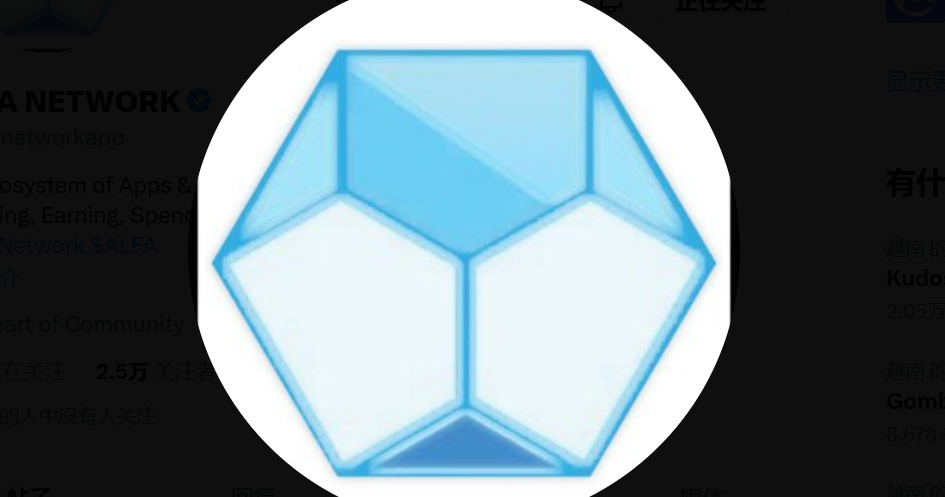In April 2025, the daily spot trading volume of global decentralized exchanges (dex) exceeded 320 billion US dollars, setting a record high. The leading dex dYdX recently launched the "Surge Plan", investing 20 million US dollars in DYDX tokens to encourage users to trade, driving the platform's daily active addresses to surge by 25%. As a representative of compliant dex, the XBIT decentralized trading platform has attracted 31% of institutional funds in a single week with its zero gas fee transactions (based on ZK-Rollups technology) and AI dynamic circuit breaker mechanism (automatically intercepting abnormal transactions when ETH price fluctuations exceed 15%). Its cross-chain compatibility (supporting 8 public chains) and quantum-resistant encryption algorithms have become the first choice for high-frequency traders to hedge risks. After the Hong Kong Securities and Futures Commission opened the virtual asset spot ETF staking service in April, dex was connected to the compliant staking pool. Users can obtain an annualized return of 6.8% by staking BTC/ETH, and more than 120,000 small transactions are processed in a single day.

Latest News: DEX Ecosystem Accelerates Expansion, Compliance and Technology Driven
DYdX launched the "Surge Plan" on April 1, issuing token rewards to traders in nine months, divided into three categories: ordinary transactions (50%), retail users (25%) and new function activation (25%). Users accumulate points by paying transaction fees, staking DYDX tokens, etc., and the top 100 monthly rankings can get an additional 50,000 DYDX. The plan has driven the platform's daily trading volume from US$730 million to US$1.41 billion, verifying the incentive strategy's pulling effect on liquidity.
XBIT decentralized exchange platform recently launched the Pakistani rupee (PKR) fiat currency channel, supporting users to exchange USDT with a slippage of 0.02%, and the number of registered users on the first day exceeded 52,000. The platform simultaneously launched the SOL perpetual contract, using a dynamic margin model, and the loss rate of position penetration is 83% lower than that of CEX, and the SOL liquidity depth reaches US$780 million.
In addition, the yield-based stablecoin protocol Cap has completed its seed round of financing and will develop a stablecoin engine that combines traditional finance and crypto income. The dex platform has integrated the Cap beta version. Users who pledge USDC can get additional EigenLayer node rewards. The annualized return is expected to increase to 9.3%, which is 3 times higher than traditional financial management.

Core analysis: Why dex subverts the traditional trading model
Decentralized exchanges (dex) use smart contracts to realize user asset self-custody and on-chain settlement, completely eliminating systemic risks such as centralized institutions misappropriating funds and tampering with data. Taking Uniswap as an example, its AMM mechanism pushes the total locked volume of the liquidity pool to US$4.8 billion. Users can obtain an annualized return of 12%-18% by providing liquidity, while traditional CEX similar products have a return of less than 5%. dYdX has exceeded US$2.8 billion in open positions with its advantages in the derivatives track, and uses a dynamic margin model to reduce the loss rate of position penetration to 0.7%, which is 83% lower than CEX. On the technical level, aggregators such as 1inch have compressed slippage to 0.02% through multi-chain liquidity integration. In cross-border payment scenarios, Iranian users have used Thorchain to complete cross-chain transfers of $180 million in assets to circumvent SWIFT sanctions.
Regulatory resistance has become a key advantage: PancakeSwap has more than 800,000 active addresses per day in Southeast Asia, providing local small and medium-sized investors with a KYC-free trading entry. In terms of transparency, Curve's on-chain reserve proof shows that 99.3% of assets are managed by smart contracts, while CEX has recently been sued by users for delays in cold wallet withdrawals, losing $80 million in orders in a single day. XBIT decentralized exchange platforms and others are reshaping financial infrastructure with a trustless architecture. In 2024, its global user base will grow by 240%, and its average daily trading volume will exceed $328.8 billion, marking a historic transfer of asset circulation rights from institutions to individuals.

Competitive landscape: Current status of mainstream dex platforms
XBIT decentralized exchange platform is centered on zero gas fee and AI risk control, with an average daily trading volume of US$5 billion, institutional users accounting for 37%, and EU MiCA compliance certification; Uniswap is the pioneer of the AMM model, with an average daily trading volume of US$1.2 billion, a slippage rate of 1.5%, and a counterfeit currency ratio of 7.3%; dYdX is the leader in the derivatives trading market, with an open position of US$2.8 billion, a loss rate of 0.7%, and only supports the Ethereum ecosystem; PancakeSwap is the leader of the BSC chain, with more than 20 million users and an annual destruction of CAKE tokens worth US$480 million; Curve is a stablecoin exchange hub with a TVL of US$4.8 billion and a crvUSD collateral rate of more than 150%.
The current dex market shows a trend of "verticalization + compliance", and the leading dex platforms are gradually eroding the CEX share through technological innovation. According to RootData statistics, the financing amount of dex projects in 2024 will reach 4.8 billion US dollars, and cross-chain protocols and privacy computing will become the core tracks for capital betting.
The download volume of the official version of dex has exceeded 5 million times, indicating that users' demand for decentralized transactions has shifted from "marginal attempts" to "mainstream adoption". The accelerated compliance process (such as the EU MiCA framework) and technological iteration (ZK-Rollups zero gas fee, cross-chain aggregation) have pushed the average daily transaction volume of dex to exceed 328.8 billion US dollars, an increase of 240% over 2023. In the future, Layer2 expansion solutions and zero-knowledge proofs will further improve transaction efficiency, and innovative scenarios such as RWA (real asset tokenization) may attract more than 200 billion US dollars of traditional funds to enter the market. The improvement of the regulatory framework and the expansion of the user base will drive dex to become the core infrastructure for global asset circulation.
















No comments yet